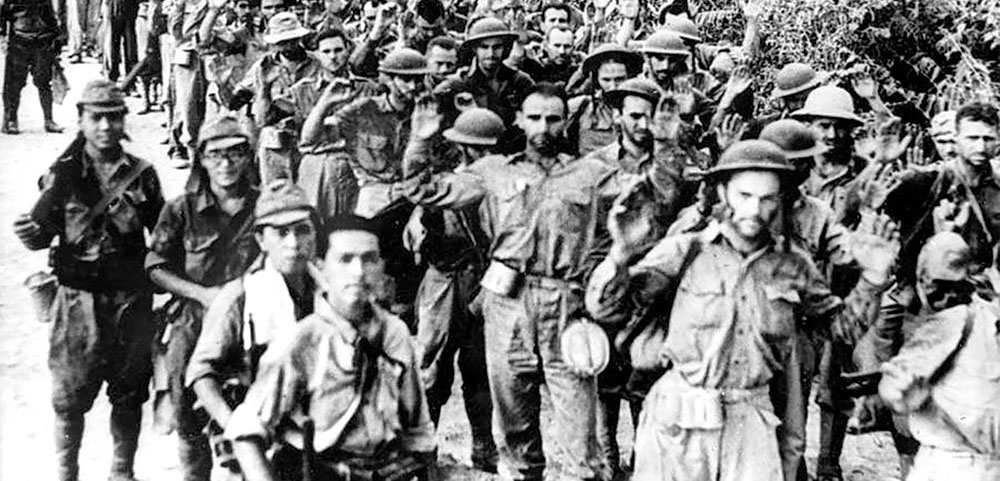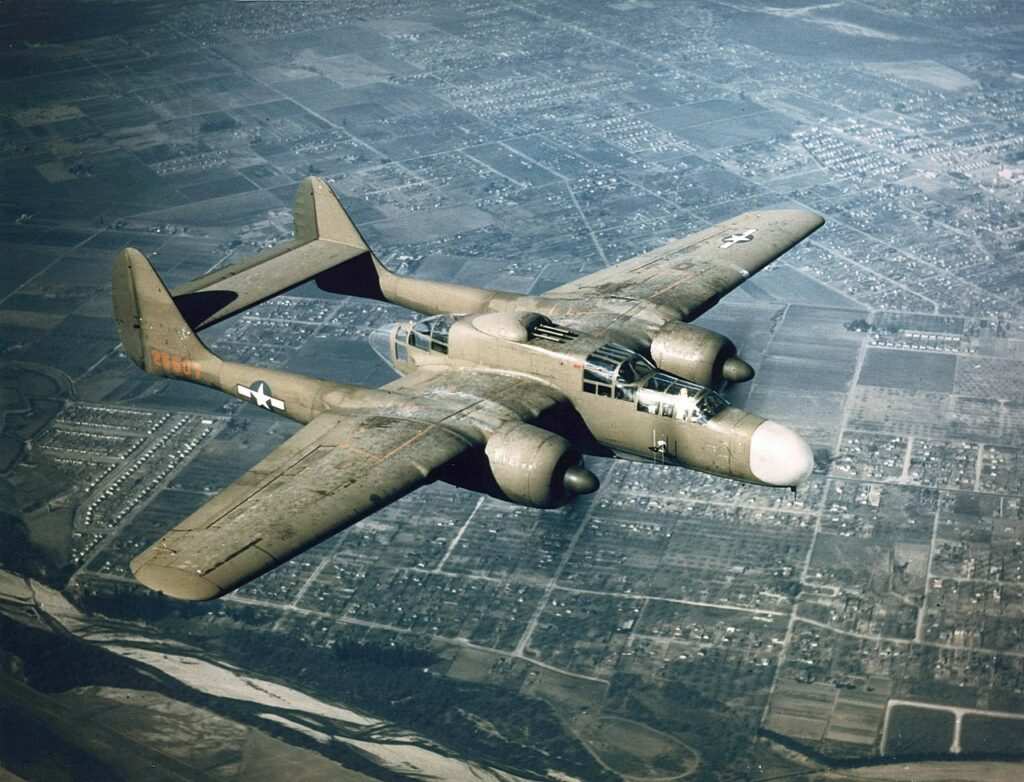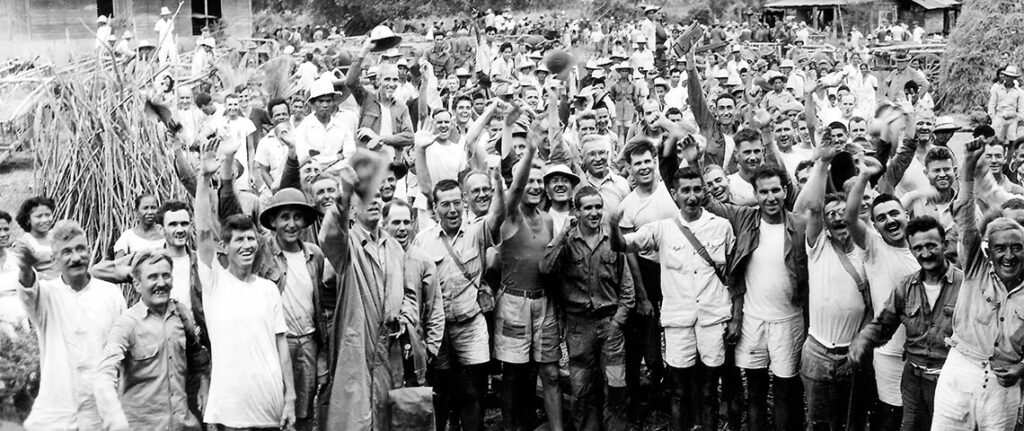On Jan. 30, 1945, 134 U.S. Army Rangers and Alamo Scouts, working with around 280 Filipino guerilla fighters, successfully executed a raid of a Japanese prisoner of war (POW) camp near Cabanatuan City, Philippines, freeing more than 500 allied prisoners. The World War II rescue mission came to be known as “The Great Raid.”
According to an Army history of the raid, 121 members of the 6th Ranger Infantry, and 13 Alamo Scouts, joined 286 Filipino guerillas in marching 25 miles behind Japanese lines. Within about 30 minutes, the allied rescue force had wiped out the Japanese garrison guarding the camp.
Many of the prisoners at Cabanatuan consisted of U.S. troops who surrendered to Japanese forces after the Battle of Battaan. Japanese forces invaded the Philippines within hours of their attack on Pearl Harbor, Hawaii on Dec. 7, 1941. The Battle of Battaan began just weeks later in January of 1942. The allied forces were eventually overwhelmed by the Japanese invaders and about 76,000 allied troops surrendered to the Japanese. Following the battle, many allied prisoners sustained severe abuses as they were forced to march around 70 miles overland to prison camps, in a forced march known as the Battan Death March.

As U.S. forces began to regain control of the Philippines in the fall of 1944, Japanese military leaders ordered their forces to kill the POWs in order to avoid them being rescued by liberating forces. Following the orders, Japanese forces killed 139 POWs near the Puerto Princesa on Dec. 14, in an incident Palawan Massacre. 11 POWs survived the mass killing and word of the killings reached U.S. lines.
As U.S. forces learned of the threat to POWs, they began to form a plan to rescue POWs. U.S. forces began to formulate a plan to rescue the POWs but Colonel Horton White estimated regular U.S. forces wouldn’t be able to reach the camp until Jan. 31 or Feb. 1. White then opted to assemble a special raid force to get the POW camp by Jan. 29.
Lt. Col. Henry Mucci, leader of the 6th Ranger Battalion, was tasked with heading up the rescue raid. Capt. Robert Prince of the 6th Ranger Battalion was tasked with leading the main force to raid the camp.

On Jan. 28, the main rescue force of 121 Rangers, led by Prince, began the mission by driving 60 miles to the Philippine municipality of Guimba, before crossing Japanese lines. Filipino guerillas served as guides for the U.S. forces, helping them navigate their way to the allied prisoner camp.
According to an Army Special Operations Command (SOC) history of the raid, as the rescue force reached the camp at Cabanatuan, they began to formulate the final rescue plan.
Cpt. Juan Pajota of the Luzan Guerilla Army Force (LGAF), noticed the Japanese guards would become distracted when U.S. aircraft flew over the prison camp. Pajota suggested a flyover of U.S. aircraft could be used to distract the Japanese force during the raid. Col. White coordinated a plan to have a P-61 Black Widow’ aircraft attached to the 547th Night Fighter Squadron provide a flyover for the raid.

As the flyover took place on Jan. 30, the raiding force crept up to their final positions outside the camp. The plane provided the distracting flyover about 45 minutes before the final assault, at 7:45 p.m. local time.
The raid began at about 7:45 p.m. as the Rangers, armed with an assortment of small arms, attacked the camp. Anti-tank weapons were used to destroy defensive bunker positions, while other Rangers used wirecutters to cut through fencing to enter the camp.
In total, at least 530 Japanese forces were estimated to have been killed in the raid. Japanese forces were able to briefly mount an effective defense, firing mortars that killed Ranger Cpt. James C. Fisher and Cpl. Roy F. Sweeny and wounded four Rangers and two Alamo Scouts.
By about 8:15 p.m., the fighting had ceased and Cpt. Prince concluded the raiding force had successfully evacuated the POWs.
Following the rescue raid, the raiding force and freed prisoners evacuated to the nearby town of Talavera, and reached the friendly lines on February 1.

Mucci and Prince received the Distinguished Service Cross for the raid. All other officers and some enlisted soldiers involved in the raid received Silver Stars while the remaining U.S. enlisted forces and Filipino guerillas were awarded Bronze Stars.
The events of the raid were dramatized in the 2005 film “The Great Raid.”



